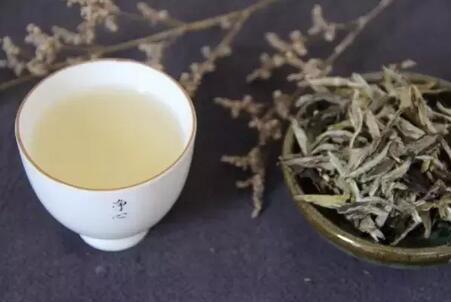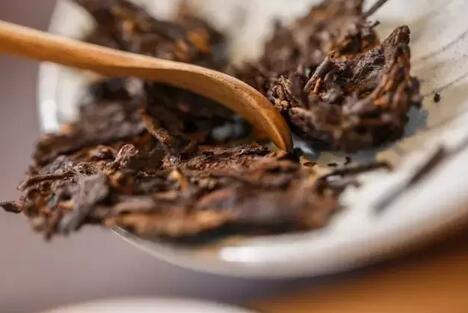Speaking of aged white tea, it has become very popular in recent years. Tea lovers have gradually developed a liking for aged white tea, with some telling me they fell in love with it at first sip and couldn’t stop. Ah, what a painful realization—this is a tea addiction, also known as tea obsession, and it needs to be cured. So, why does aged white tea win everyone’s favor?

1. Aged White Tea, Remarkable Benefits
Detoxifies the Liver
White tea contains 17 types of amino acids, including the 8 essential amino acids for the human body, as well as special amino acids like methionine and R-aminobutyric acid. Its ampelopsin content ranges from 4.2% to 27.2%, with dihydromyricetin accounting for over 80% and total flavonoids making up less than 20%. Dihydromyricetin can act as an anti-arrhythmic agent, inhibit platelet aggregation in vitro and thrombus formation in vivo, and enhance SOD activity. It is used to relieve heat, reduce inflammation, treat rheumatism and strengthen bones, alleviate headaches, sore throat, soybean-induced hepatitis, scabies, and oral ulcers.

Hangover Relief
The flavonoids in white tea, such as dihydromyricetin, help the liver accelerate alcohol breakdown, achieving the purpose of sobering up. At the same time, they assist the liver in clearing harmful substances like acetaldehyde and peroxides produced during alcohol metabolism, reducing damage to liver cells and protecting the liver.
Clears Smoke Toxins
The flavonoids in white tea can effectively neutralize these toxins, restoring the body to a healthy state.

Protects Against the 'Three Highs'
People with hypertension, hyperlipidemia, and hyperglycemia (the 'three highs') often have weaker physical endurance when staying up late. Drinking white tea can help achieve some degree of reduction in these conditions.
White tea is antioxidant and boosts immunity: Staying up late easily generates large amounts of free radicals and other harmful substances. The dihydromyricetin in white tea is a highly effective antioxidant that quickly clears free radicals, with a free radical-scavenging ability surpassing vitamin E and soy isoflavones. It also provides an oxygen-rich environment for the immune system, activating immune cells, enhancing immune function, and improving disease resistance.
2. Aged White Tea, a Rare Resource
As a niche category of tea, Fuding white tea has limited production, and aged white tea is even rarer.
It is well known that Fuding white tea only began to gain recognition after 2006, thanks to government promotion. At that time, few merchants realized the value of aged white tea. Similarly, before 2006, almost no tea merchants considered aged white tea valuable, and tea factories did not produce much of it. Today, tea produced before 2006 is extremely scarce.

3. Aged White Tea, Collectible and Appreciating in Value
White tea is a post-fermented tea; the longer it is stored, the mellower, sweeter, and more fragrant it becomes. Over time, the older the white tea, the higher its economic value. Therefore, it can be personalized for special occasions like wedding anniversaries or celebrations... It serves as a collectible gift, conveying emotions and lasting memories.
Tips
The storage environment for white tea should be "dry, room temperature, ventilated, away from light, and free of odors." Some seasoned tea enthusiasts use purple clay jars or earthenware pots for storage due to their excellent sealing properties, which isolate odors. This ensures the white tea can age properly over time.
Rarity increases value. Aged white tea is hard to come by. Beginners are advised to drink and collect simultaneously. As long as stored properly, new white tea can also transform into aged white tea.